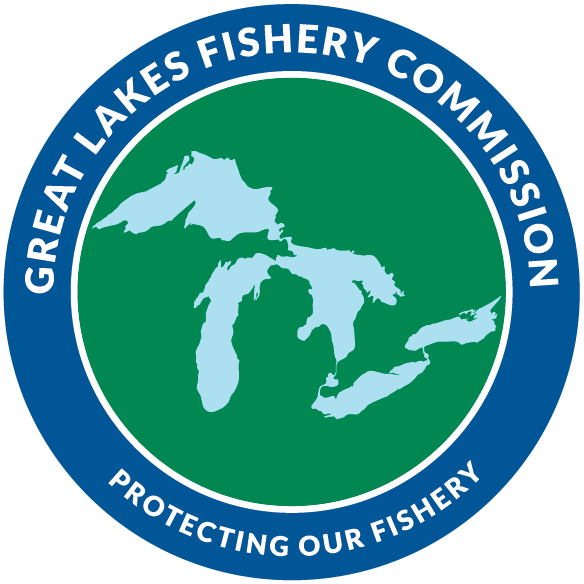Updated 2024-11-08 15:24:32
Lake Huron -> 3.0 Esocid (Northern Pike and Muskellunge) -> Northern Pike Biomass
Reporting Interval
2018 - 2022
Area
Ontario Waters
Meeting Target?
Meets
Indicator Trend
No trend
Confidence?
Moderate
3.1.1 Northern Pike Survey Catch Rates and Percent Composition
Canadian Waters - In Georgian Bay, the North Channel, and main basin, northern pike Biomass Per Unit Effort (kg of fish/net/night) and Percentage of Total Biomass remained relatively low but variable during the current reporting period (OMNR, Upper Great Lakes Management Unit, unpublished data) and were similar to levels observed during the previous reporting period of 2011-2017 (Fielder et al. 2020). Higher lake levels experienced since 2013 and persisting over the duration of the current reporting period have not resulted in appreciable increases in recruitment levels for these obligate wetland spawners. Catch results from several survey types (only northern pike End of Spring Trap Netting (ESTN) included in this summary) provide similar indications of esocid abundance with northern pike and muskellunge being more prominent in Georgian Bay, as compared to the North Channel and lower esocid abundance in the main basin where these species have a more restricted distribution, primarily near inflowing tributaries. Northern pike and muskellunge remain present in most nearshore habitats in Ontario waters and continue to be important coolwater predators. Can we say anything about recreational angler catch rates? I know muskie are mostly a catch and release fishery but are there creel or angler diary pieces of information that suggest the populations are good enough to sustain 0.1M kg of harvest, if folks chose to?
Figure 1. Northern Pike trap net catch rates from Early Spring Trap Netting Surveys in Georgian Bay, Lake Huron (kg/net/night). No survey was conducted in 2006, 2011, 2020, or 2021.
Figure 2. Percent of total catch comprised by northern pike from Early Spring Trap Netting Surveys in Georgian, Bay, Lake Huron. No survey was conducted in 2006, 2011, 2020, or 2021.
Methodology
Canadian Waters - Data comes from the Ontario Ministry of Natural Resources End of Spring Trap Netting (ESTN) surveys in Georgian Bay, Lake Huron. Database ownership – Ontario Ministry of Natural Resources (for questions, contact Arunas Liskauskas, arunas.liskauskas@ontario.ca).
Other Resources
Skinner, A. and Ball, H. 2004. Manual of Instructions- End of Spring Trap Netting (ESTN). Fisheries Section, Ontario Ministry of Natural Resources, Peterborough, ON. 58 pp.
Contributing Author(s)
- Arunas Liskauskas - OMNR
- Mike Rucinski - USFWS
- Dave Fielder - MDNR
- Lisa O'Connor - DFO
- Jeff Jolley - MDNR

